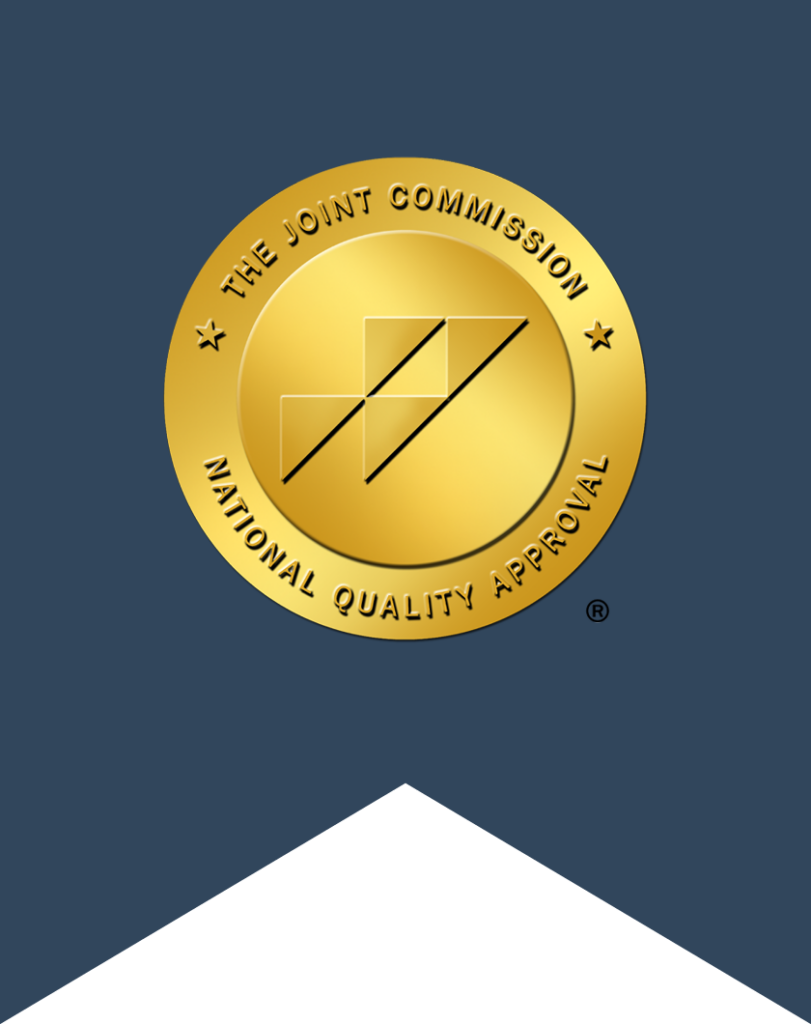The Obama administration has made some aggressive moves in the war on opioid abuse, with a series of steps that will increase people’s access to drug addiction treatment and improve the training of physicians who prescribe opioid painkillers.
Will these actions benefit people suffering from addiction and help the United States win the war on drugs? This article takes a look at some of the highlights of the plan and discusses their implications for people who are struggling with opioid addiction.
Opioid Addiction in America
These federal initiatives come as a response to the growing problem of opioid addiction in the United States. Someone dies from an overdose of opioids every 19 minutes in this country. Heroin and prescription painkiller overdoses are responsible for more deaths than car accidents, yet many people who are suffering from opioid addiction face steep barriers to treatment that make it nearly impossible for them to get the help they need.
Not only will the new legislation make treatment more accessible to Americans, but it is also designed to stop doctors from overprescribing opioid painkillers. These painkillers are highly addictive on their own, but they also end up being a “gateway drug” to heroin. The restrictive measures intended to make it difficult to illegally obtain opioids means many people switch to heroin as a more readily available, and usually cheaper, option.
New Government Regulations
One of the primary goals of Obama’s plan is to eliminate barriers to treatment for addiction to opioids. A few highlights of the legislation include:
State Medicaid programs must cover treatment for opioid addiction and other forms of drug addiction, making drug treatment available to 23 million Americanswho would not otherwise be covered.
Doctors who prescribe medications designed to treat opioid addiction will be permitted to accept as many as 200 patients—twice the current legal limit.
States will be provided with over $11 million to purchase naloxone, a medication that can reverse opioid overdoses, and to train emergency responders to administer the drug.
State officials are being asked to have pharmacists update a central database when they fill prescriptions for opioid painkillers. Doctors can check these databases before writing the prescription if a patient asks for one of these painkillers.
A Public Health Problem
The Obama administration has been criticized for its lukewarm response to the opioid abuse epidemic in this country, but these new regulations represent a step in the right direction. With this legislation, the administration makes it clear that opioid addiction is a public health concern and not just a criminal issue. A policy shift that guides opioid abusers toward treatment and away from the court system can help remove the veil of shame that still surrounds addiction.
Prescription drug abuse is an epidemic in this country, and overdose deaths from opiate medications are the top cause of unintentional death in the United States. Many addiction experts hope that Obama’s actions help remove some of the stigma that is currently attached to addiction and encourage more individuals to get help. However, only time will tell if these new regulations will help America win the war on drugs.
Photo credit By Roberto Stuckert Filho/Presidência da República [CC BY 3.0 br (http://creativecommons.org/licenses/by/3.0/br/deed.en)], via Wikimedia Commons
